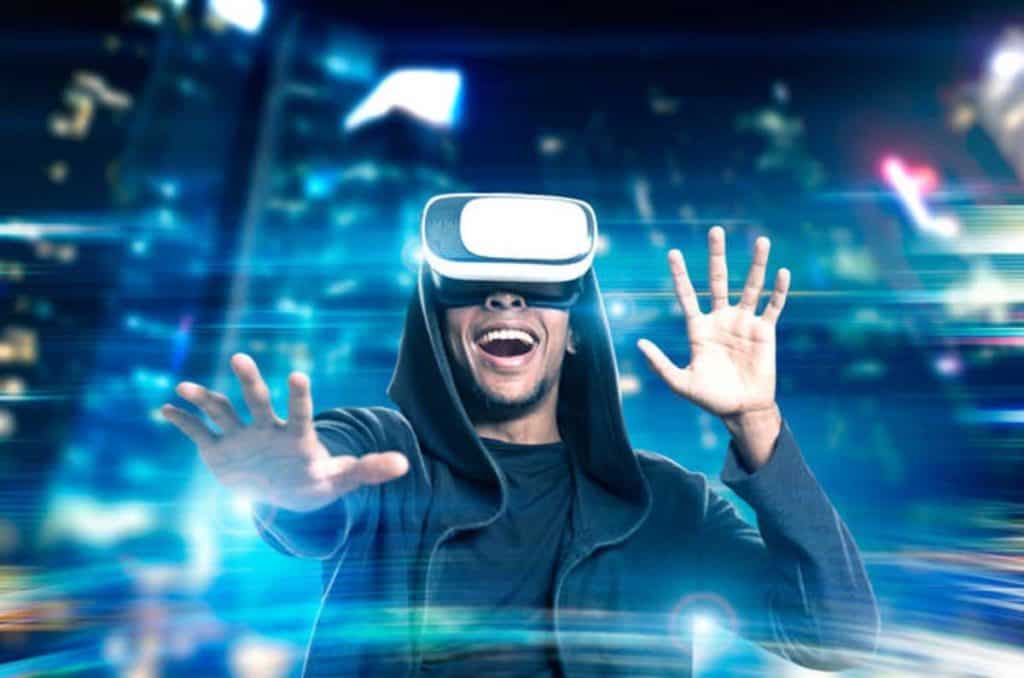If you grew up in the 90s, the idea of virtual reality brought thoughts of an apocalyptic future. The idea that someone could immerse himself or herself into a machine-based world, and somehow be better for it was the reason why movies like The Matrix were made.
But basic forms of virtual reality have been around for a long time. Plenty of 90s kids, and even 80s and 70s kids, played with the toys that you wore like binoculars while flipping through images. The difference with VR nowadays is its level of technological advancement and the degree to which it has pervaded modern life.
Companies with eerie-sounding, apocalyptic names like Oculus have made VR a mainstay for many individuals, including those who are struggling with mental illnesses like anxiety. With programs that immerse the user in a serene, meditative experience, people who use them report positive outcomes for anxiety. Keep reading to learn more about how virtual reality can become part of your toolkit for dealing with anxiety and other issues associated with mental health.

1. The “Virtual” in Virtual Reality
If you have ever cooked a batch of cookies but realized that you needed to substitute, say, M&Ms for chocolate chips, you may have said, “They’re virtually the same!” If you use a smartphone or tablet, you probably use a virtual keypad multiple times a day.
According to the Merriam-Webster dictionary, “virtual” refers to something that is “being such in essence or effect though not formally recognized or admitted.” So a virtual keyboard, the one that appears on the screen for you to touch, is a keyboard in everything but formal recognition.
